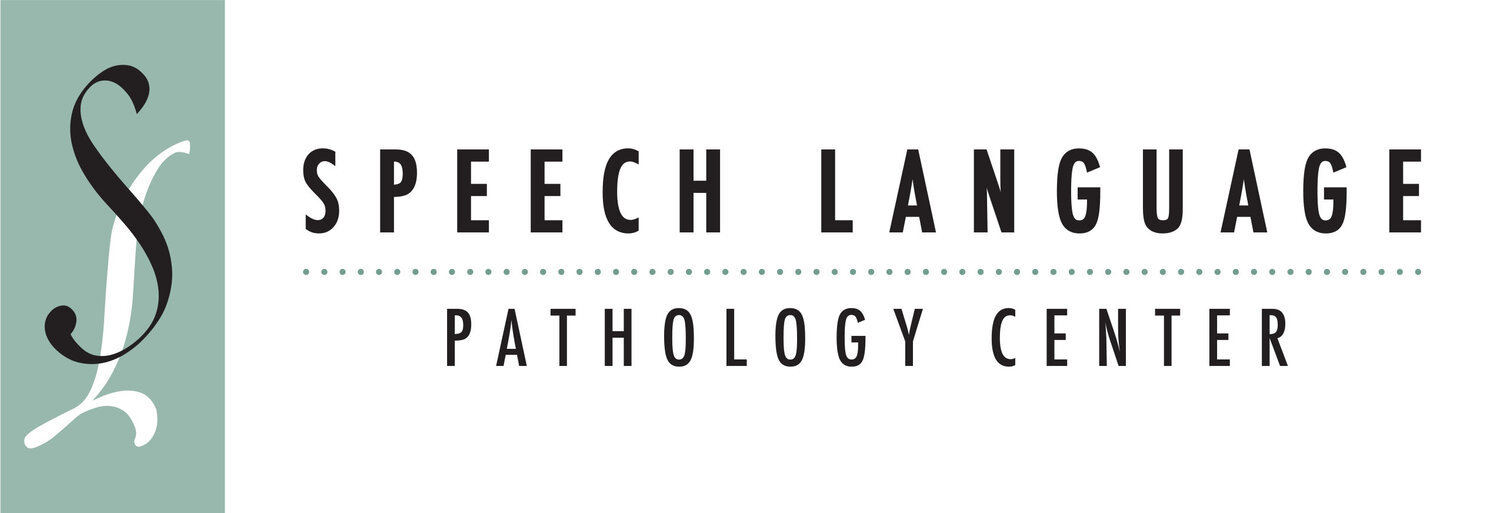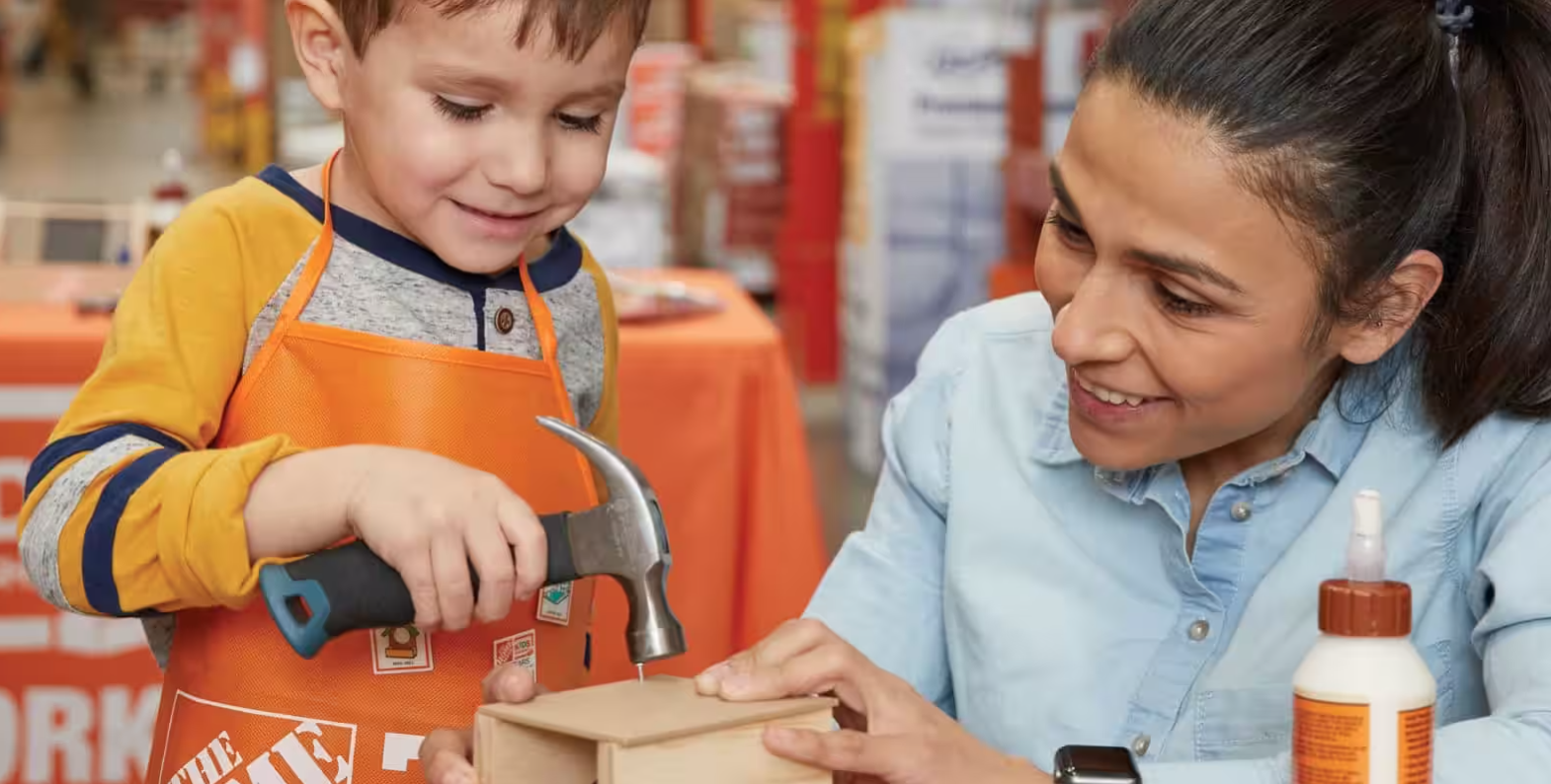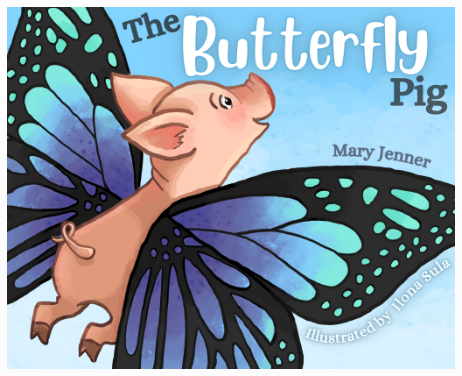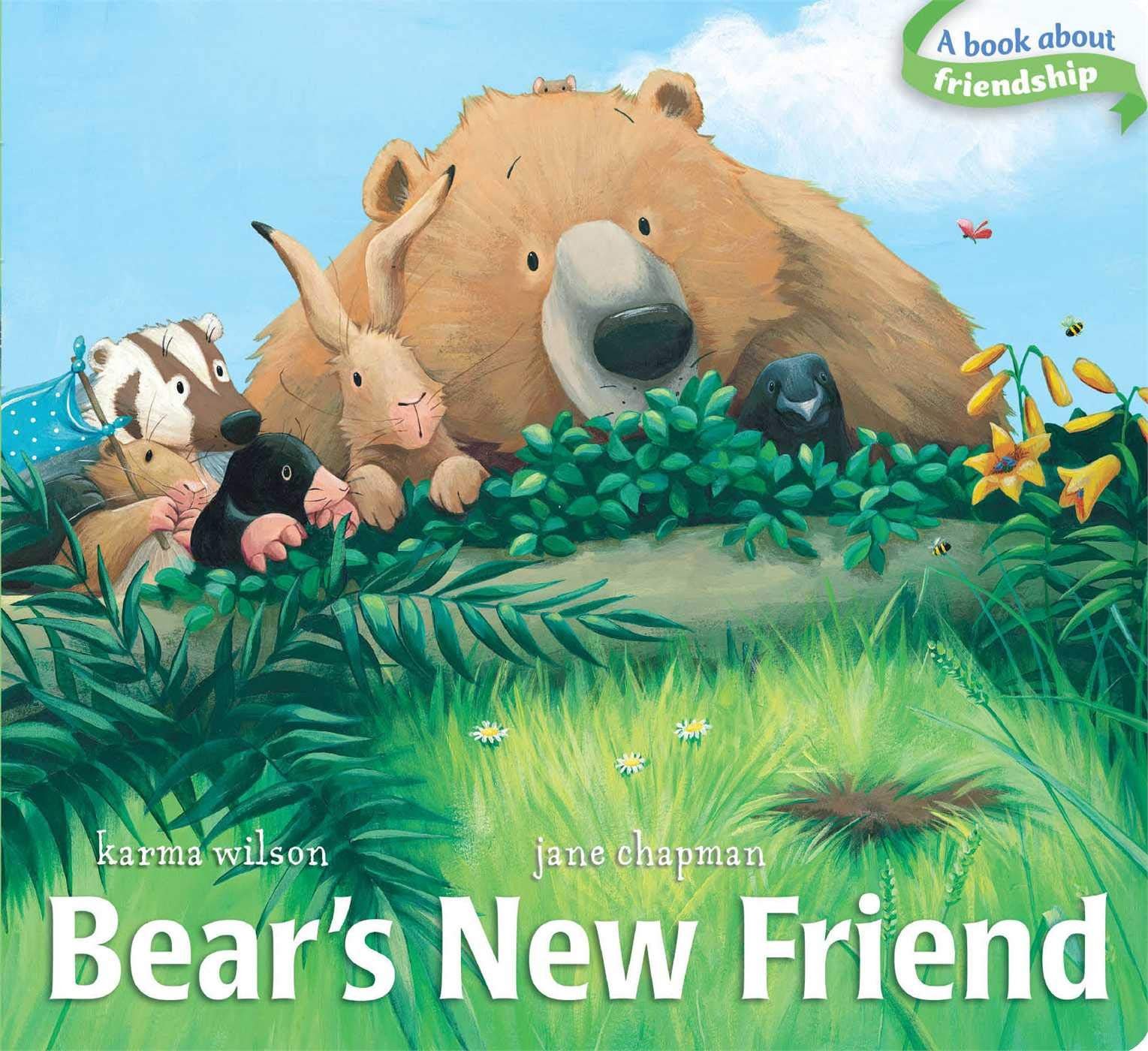If you are looking for something for your child to do this summer, check out Mix It Up Kitchen! They are located in Duxbury, MA and will be hosting a variety of classes, short camps, and events for children of all ages. They even have adult workshops, too! See the full list of classes here
Cooking is an excellent, hands-on way to get children involved with food. If a child is cooking with a food they won’t eat, they are still getting great exposure to how it looks, feels, and smells. Cooking is a low-pressure way to introduce these foods without any demands to eat in that moment. In addition, cooking offers a great way to introduce any speech and language topics your child may need more practice with. Think about how many directions need to be followed and how many actions and concepts you may use to follow a recipe!
The following excerpts are from Mix It Up Kitchen’s website and provide information regarding their workshops for all ages!
“Tweens & Teens, After School Series: Students tackle more complex skills with an emphasis on kitchen safety, knife skills, various cooking techniques, seasoning and plating. Workshops typically culminate with a seated meal.
Weekend Workshops & Special Events: Workshops are offered before all major holidays and also periodically throughout the year. Please refer to our calendar for specific ages groups.
Child & Caregiver: Cooking inspires curiosity and helps with many early academic skills like counting, colors, shapes and following directions. Periodically we offer caregiver and child classes where an adult and child participate together (but we encourage children to do age appropriate tasks on their own).”
If you don’t want to enroll your child in any structured workshops, no problem! Consider adding a “cooking class” at home every week or two. Below are some ideas on how to connect their speech and language goals to the cooking task at hand. And don’t forget to have fun!
Following directions - present one-step, two-step, or even three-step directions to your sous chef to work on this receptive language skill. Following directions is especially crucial in the kitchen.
Sequencing - review the recipe steps with your child. While preparing the meal, encourage your child to determine “what’s next” in the cooking process.
Problem Solving and Safety – what would happen if you skipped a step? Or missed an ingredient? Use cooking class as an opportunity to present “what if” scenarios and problem solving/safety topics.
Expressive language - describe and/or ask your child to describe the different foods and textures that you’re experiencing while cooking. What color, shape, and texture do they have? How are the ingredients the same or different? Cooking allows you to “get your hands dirty” and experience foods with all of your senses.
Vocabulary - be sure to review each food item and cooking instrument you use during your recipe! Cooking with your children allows you to build a new vocabulary set during a fun and functional activity!
Basic Concepts – following directions seldom goes without understanding and using basic concepts. Put the water IN the measuring cup, mix the dry ingredients TOGETHER, cut the apple into SMALL pieces, etc. Over emphasize the important concepts in each step. Maybe cut the apple into big pieces and see if your child notices that you missed that concept!
Speech Sound Practice - if your child has target goals for the “ch” sound, consider making chocolate chip cookies or cherry cheesecake! If your child has target goals for the “b” sound, consider making buttermilk biscuits or blueberry bagels. Choosing main ingredients with your target sound is sure to result in lots and lots of practice!
Cooking is fun and learning can be fun, too!
If you feel like your child or someone you know is in need of therapy services in the areas of feeding, speech, or language, please don’t hesitate to call and speak to a clinician today. You can also visit our “Free Screener” tab to answer a few questions and determine if these services may be right for you and your family! We are here to help in any way possible!

























